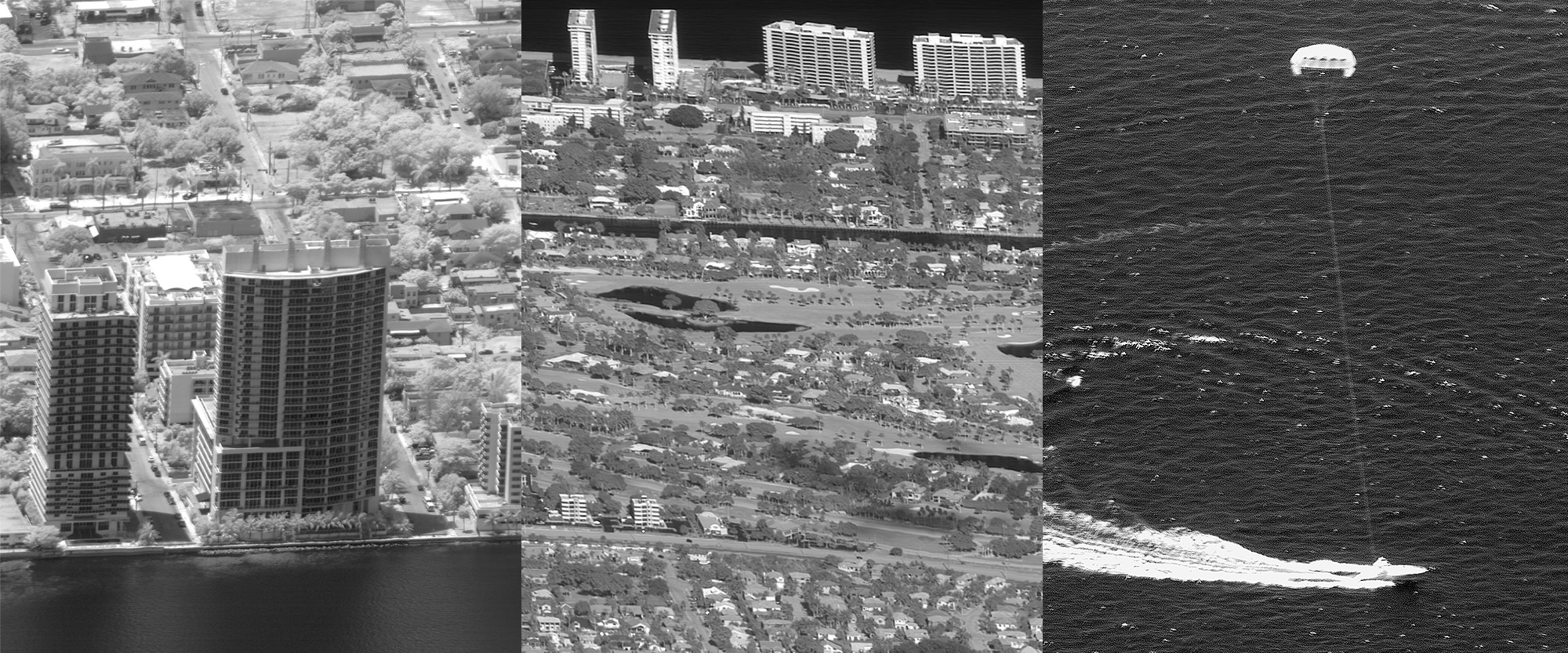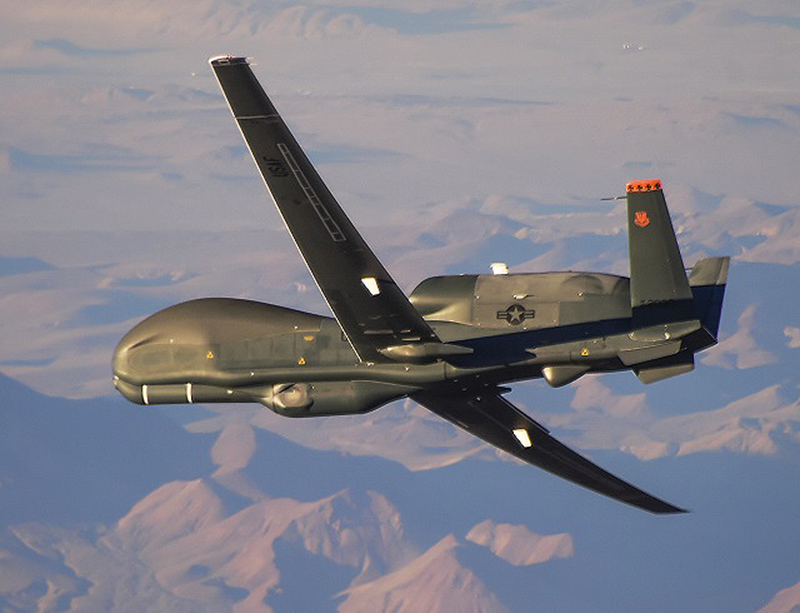General Atomics Predator C, more commonly known as the Avenger, offers a unique capability set. The design takes a balanced approach to stealth and performance versus cost. In doing so it represents the lower end of the unmanned combat air vehicle spectrum and the higher end of medium-altitude, medium-endurance, remotely-piloted armed reconnaissance vehicle spectrum. Let’s just say it is a highly adaptable concept that may not be as sexy as some of its higher-end alternatives, but that doesn’t mean that it isn’t relevant, regardless of whether the USAF wants to buy all that many.
You can read all about the Avenger and where it could fit into America’s future air combat portfolio here.
There are two configurations of the Avenger. The first was more of a prototype, while the handful of others that followed were stretched in length and had a series of small tweaks, including enhancements to their low observability features and ability to operate over a war zone. The USAF bought just one of these larger versions back in 2011 for testing purposes.

The 44-foot-long Avenger can lug 3,500 pounds of munitions. Four hard-points on the Avengers wings can accommodate additional weapons weighing up to 2,000 pounds when stealthiness is not needed. It can fly 400 knots up to 50,000 feet for 16 hours at a time. Aside from its endurance, which could likely be boosted by adding auxiliary fuel tanks, the Avenger represents a sizeable increase in capability over the MQ-9 Reaper that is now the mainstay of America’s remotely piloted vehicle force.
Yet after a decade of testing, the Avenger doesn’t seem to have any buyers. Despite that, the USAF’s lone Avenger appears to have remained useful in recent months. It was reported that the drone would fly a series of test missions with the shadowy MS-177 multi-spectral sensor suite. Although these tests are said to have occurred last winter, no images of the Avenger outfitted with the cumbersome sensor have emerged, until now.
As you can see, the MS-177 is a fairly massive device, changing the underbelly lines of the Avenger entirely. The sensor system is destined for the USAF’s Block 30 RQ-4 Global Hawk but was previously tested on a E-8 J-STARS in a bay area located behind the militarized 707’s APY-7 radar. It has also flown on Northrop Grumman’s Gulfstream V test jet that is uses as a surrogate for J-STARS related development and testing.
It is supposedly capable of taking one-meter resolution “fused” footage/imagery, where it combines a wide spectrum of infrared and optical wavelengths into a single image, over long distances. MS-177 is supposedly superior in many ways to the SYERS2 imaging sensor suite that has been deployed on the U-2 Dragon Lady (check out all the U-2’s configurations here) and is now being tested on the Global Hawk.
The test aboard the E-8 allowed operators to use the sensor creatively alongside the aircraft’s radar, which is optimized for detecting movements on the ground. This could drastically increase situational awareness below. Mike Mos, director of Joint STARS architectures and concept demonstrations for Northrop Grumman stated:
“From long distances, the APY-7 radar combined with the MS-177 camera could identify very clearly people, buildings, automobiles and ships… Coupling the electro-optical/infrared [EO/IR] capability of the MS-177 camera with the GMTI capability makes the system an even stronger force multiplier.”

The Avenger’s test of the MS-177 took place over seven flights last January and February. Various objects were observed and the ability to data-link the sensor’s imagery efficiently was successfully tested. Next the sensor will fly on the higher-flying Global Hawk with hopes that it will become operational as a sensor option in 2017.
The effort to mate the MS-177 with the Block 30 RQ-4 is part of a larger initiative to advnace the RQ-4 far enough so that the U-2 Dragon Lady can be retired. A “universal payload adapter” has been built for the Global Hawk so that it can accommodate an array of sensors, including some of those used by the U-2, such as its SYERS 2 suite and its Optical Bar Camera system. This initiative can help get the RQ-4 on par with the U-2, as well as save money by allowing the Global Hawk to host sensors that the USAF has already paid for.

Over time, the MS-177 could also find itself on other platforms, such as the replacement for the E-8 J-STARS that will likely be based on a long-range business jet design. Even a stealthy penetrating reconnaissance aircraft could make use of the high-fidelity sensor.
As for the Avenger’s future, it doesn’t look all that bright, at least when it comes to expanded service within the USAF. A representative from the USAF’s Big Safari rapid capabilities office stated that there are no future plans for the USAF’s single Avenger demonstrator:
“In accordance with the 2011 defense appropriation act, the air force procured prototype demonstration capabilities of the Avenger system… The demonstration has completed and there are no current plans for future demonstrations.”
Still, General Atomics has hopes that the Avenger can find a role with the US Navy. Seeing that the service has reduced its requirement for its first carrier-based unmanned tactical aircraft to be focused more on tanking and sensors carriage than striking deep in enemy territory, it may very well have a shot.
There is also the potential of exports to countries that either cannot afford a high-end unmanned combat air vehicle, are not allowed to import one, or want the “blended capability” that the Avenger offers. You can see in the video below just what General Atomics thinks the Avenger can be capable of if given the chance, with both man-in-the-loop control and semi-autonomous control being a possibility.

Contact the author at tyler@thedrive.com
